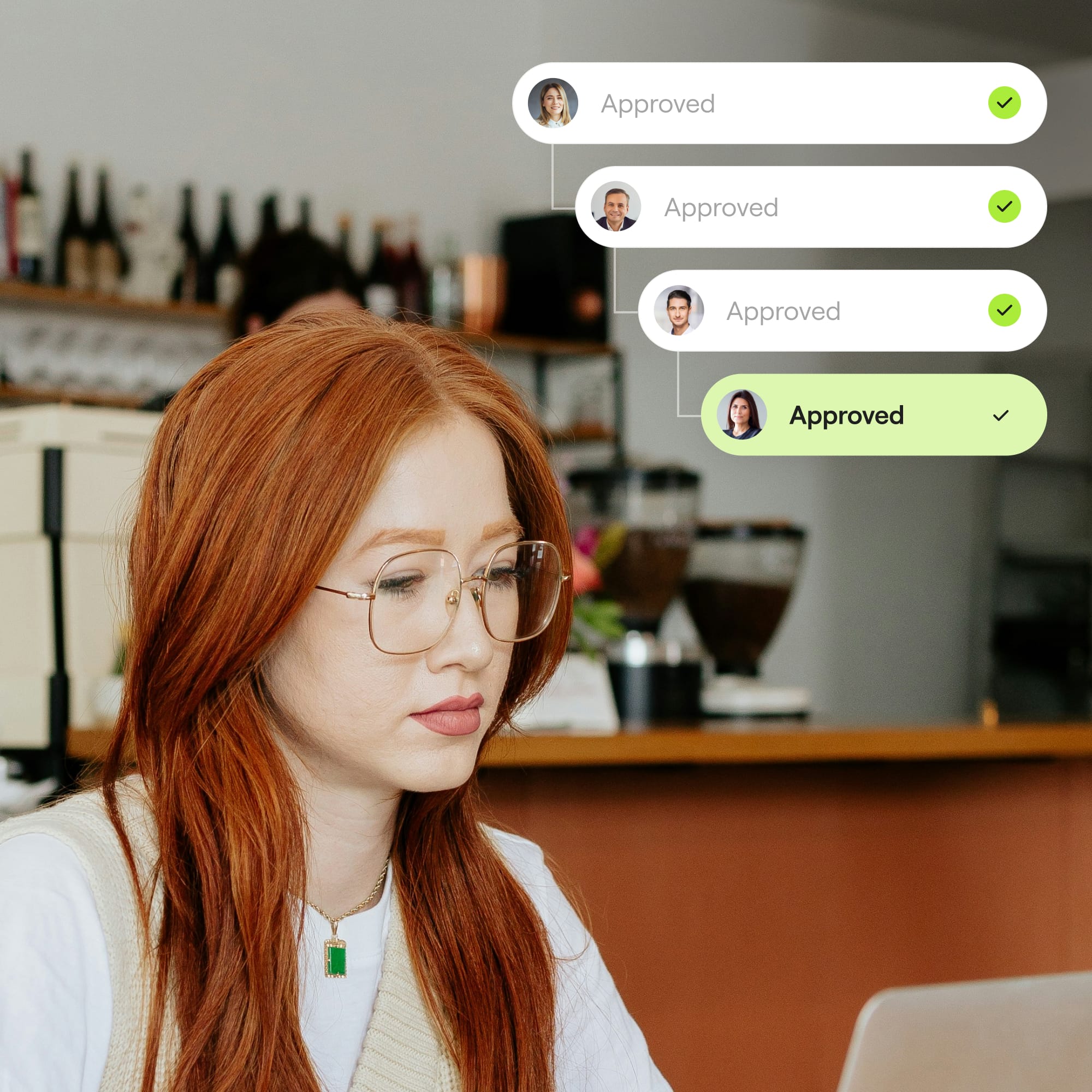Lengthy hiring cycles, bureaucratic hurdles, outdated systems and ever-changing employment law all present huge challenges for recruiters in the public sector. And that’s before you even factor in budget pressures, skills gaps and of course competition from the private sector.
In this blog we explore how HR applicant tracking software (ATS) can transform public sector hiring. Organisations can reduce time-to-hire, streamline their process, improve candidate quality and make fairer, more consistent hiring decisions by embracing modern HR recruitment software.
Jump forward to:
- What recruitment challenges do public sector organisations face?
- The Role of Application Tracking Software (ATS) in Modernisation
- Fairness, Diversity and Structured Hiring
- Using data to improve public sector recruitment
- Scalable Recruitment for high-volume campaigns
- Building a modern candidate experience

What recruitment challenges do public sector organisations face?
Owned and paid for by government, public sector organisations employ around 18% of the UK workforce. They provide services to the community and span multiple sectors such as healthcare, education, the armed forces and of course central and local government. While the services these organisations offer may be diverse, the challenges they face are universal:
Ageing workforce
Many long-serving public sector workers have built up significant institutional knowledge during their careers and are now approaching retirement. The Defined Benefit (or Final Salary) Pensions, common in the public sector, was a strong incentive for employee retention, but as these schemes cease to exist, and the current workforce ages, succession planning and a robust recruitment strategy are becoming ever more critical to maintain organisational knowledge and stability.
Increasing demand on services
Our country’s ageing population is also putting increasing pressure on the sector as a whole, and specifically social care services, requiring greater investment in public services and resources.
Digital transformation
Outdated systems, cybersecurity risks and a lack of digitally skilled workers stand in the way of digital transformation and the modernisation of operations.
Competition from the private sector
The lure of better salaries and benefits in the private sector makes competition for top talent a key challenge for public sector organisations. With faster moving application processes, private sector companies are often able to make swifter hiring decisions than their public sector counterparts, snapping up top talent.
New employment regulations
With the new Employment Rights Bill (ERB), public sector organisations that have traditionally been able to fill skills gaps at short notice with agency staff (e.g. Headteachers sourcing supply staff to cover unplanned absences) will now face increased budgetary pressures as agency and temporary workers are given new levels of stability and protection.
Diversity and Inclusion
The ERB might also lead to changes in data collection practices, specifically with a focus on diversity and inclusion metrics. It is expect that employers will be required to demonstrate proactive efforts to address pay disparities for ethnicity, disability and gender (there’s a great summary in this article by BDBF Employment Law here).
The good news is that, despite the many and varied challenges public sector HR teams face, the use of recruitment platforms can help with compliance, data-backed decision making and even monitor and promote fair and diverse hiring. So, what are the benefits of using recruitment tracking software in government hiring? Let’s find out:

The Role of Application Tracking Software (ATS) in Modernisation
Good quality ATS systems speed up recruitment while also helping organisations stay on the right side of compliance. Automating structured workflows with the use of contemporary recruitment software will ensure consistency and fairness. Helping with everything from GDPR to pre-employment checks.
Automating repetitive manual tasks, such as CV screening, reference collection and interview scheduling relieves the enormous admin burden from HR teams. This empowers them to focus on the right talent for the role, rather than dealing with an overfilled inbox.
With all candidate data securely stored centrally, information is protected, secure and accessible only to those who need to see it.
Fairness, Diversity and Structured Hiring
So, how do hiring ATS tools help public services meet fairness and diversity goals? The use of structured, automated workflows guarantees every candidate enjoys the same application experience. From simple automated communications, such as application acknowledgment through to integrated pre-employment checks and, of course, screening.
Consistent and unbiased, hiring software will screen out candidates that don’t match essential role criteria by matching key words from the job description. Smarter AI-powered recruitment management systems also do this and deliver a percentage match score and smart summary for each candidate, saving HR teams precious time when it comes to shortlisting for interview. All applicant screening is ‘blind’ (meaning that protected characteristics don’t feature in the decision-making process) ensuring a completely fair process, free of unconscious bias.
Finally, every action, decision and application taken within the ATS is logged within the system for a comprehensive and transparent audit trail of all recruitment activity.

Using data to improve public sector recruitment
One of the most valuable assets of an ATS is data insight. Beyond the streamlining of the hiring process, the data collated by a superior ATS system can help further refine and optimise hiring, identifying bottlenecks and improving recruitment outcomes.
Historical hiring data gathered by the system can be leveraged to forecast future staffing needs, spot skills gaps before they become an issue and even tell you which job boards are the most efficient for your hiring.
Custom reporting and AI-powered data insights take analysis even further. For example, predicting candidate performance and retention. This gives public sector hiring teams an essential competitive edge when sourcing and securing top talent.
Scalable Recruitment for high-volume campaigns
Smart recruitment software offers flexibility too, allowing organisations to scale up their hiring for specific campaigns, standardising and simplifying complex job requisition workflows and providing bulk action options for moving candidates through the system when recruiting at volume.
Customisable workflows allow HR professionals to adjust their recruitment process as needed, offering a much more agile way of hiring, shortening the process for urgent roles or adding additional interview rounds for more niche or senior positions.

Building a modern candidate experience
A professional, swift and equitable hiring process, with responsive communications does more than just improve a single candidate experience. It improves candidate satisfaction levels across the board (whether the applicant is successful or not) and improves public perception of the organisation’s employer brand.
Today, this means a digital experience. But what makes a digital experience essential for public sector hiring success? Systems that allow candidates to apply via mobile devices or use social logins, over multiple sessions, are accessible to all.
Integrated self-service portals that allow candidates to select interview slots convenient to them, personalised communication and status tracking also help keep applicants involved and engaged with the process.
And of course, not all applicants have access to laptops or indeed printers. A mobile optimised career site and application process are now the baseline for most organisations, and those that are failing to meet this level, may well fall at the first hurdle when trying to attract top talent.
There are multiple ways to improve and modernise the candidate experience using recruitment tracking software without overwhelming already stretched HR teams. Automation and AI powered HR hiring software is not about replacing HR professionals, but relieving the huge amounts of admin hiring requires, enabling teams to build on candidate engagement, and to take a more proactive and strategic approach to hiring.
How can Reach ATS modernise hiring recruitment for government departments?
Reach ATS improves on this modern approach to hiring with AI powered software that comes with the support and expertise of a responsive and friendly candidate attraction team. Helping further refine and optimise the entire public sector recruitment process. If you’d like to find out how our smart software and brilliant humans can help your organisation, then Reach out for a demo today.
Notes:
Employment data sourced from The Office of National Statistics: https://www.ons.gov.uk/employmentandlabourmarket/peopleinwork/publicsectorpersonnel/bulletins/publicsectoremployment/december2024
Employment Rights Bill information from The Department of Business and Trade: https://www.gov.uk/government/news/employment-rights-bill-to-boost-productivity-for-british-workers-and-grow-the-economy#:~:text=All%20workers%2C%20including%20up%20to,financially%20beneficial%20to%20do%20so.
